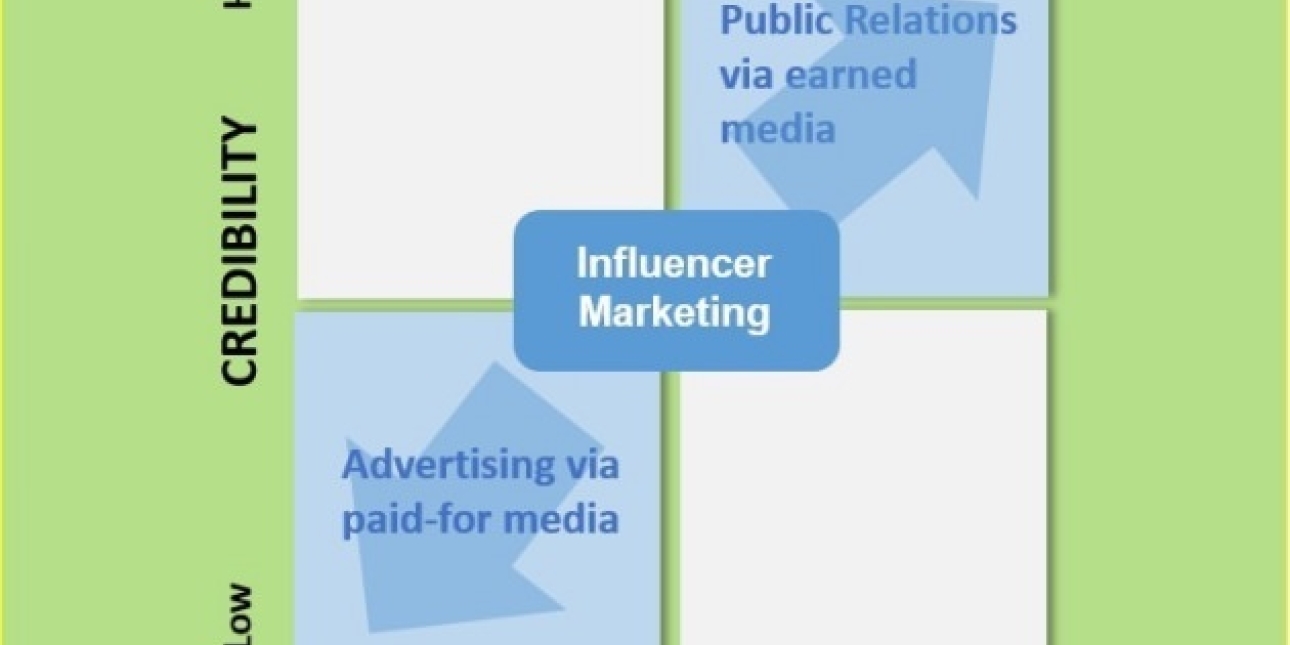PUBLIC RELATIONS
Tuesday 26th March 2019
Influencer marketing’s language problem
Seated in a nondescript seminar room at an MBA residential school we were asked to jot down our definitions of strategy. As the walls filled with Post-It notes, one thing was clear: none of the definitions agreed with each other. A few didn’t even appear to make sense.
I flashed back to this decade-old memory last week listening to expert panel discussions around influencer marketing at Adweek.
Katherine Ormerod, the person behind the Work Work Work, blog said she was ambivalent towards the term 'influencer'. She contrasted the word influencer with the word 'media'. Ormerod explained that when we consider media as a descriptor we’re comfortable with the catch-all term and understand it contains different elements. Ormerod emplored us to strive to do the same with the word influencer.
There are many nuances within media. At one end of the spectrum, sit heavy-weight business titles such as the Financial Times. At the other, you have the froth and fun of the Daily Star. Media encompasses both and everything in between. Every magazine, every podcast every television and radio programme. We understand there are differences within the media cadre - some stark some subtle.
When we think of influencers, however, we often think of the ‘tabloid version’, the Insta-famous, the Celebrity Love Island contestants, the BANJO influencers. This is partly because mainstream media conflates influencer advertising with influencer marketing.
Yet tucked beneath the influencer marketing umbrella fall many sub-categories including celebrity endorsement, influencer relations, affiliate marketing, influencer advertising, advocacy and influencer marketing.
Influencer marketing language problem
It’s not just mainstream media which does influencer marketing a disservice. The opening line of a Digiday article last week ended with the words: “influencer marketing is finally growing up and coming closer to being a more typical media buy”.
Typical media buy? Influencer marketing should be the antidote to the typical media buy. The influencer marketing industry has grown exponentially precisely because we don’t like advertisements.
The Digiday line hints at the two opposing ethe driving influencer marketing from separate creative industry disciplines. The public relations discipline thinks of influencer marketing as an evolution of media relations. The advertising discipline looks to influencer marketing as a media channel treating influencers as something to be bought.

I created this diagram to show the difference. Like any 2x2 matrix, this is an oversimplification. It does, however, point to different ethos driving the influencer marketing discipline.
Public relations practitioners have a long pedigree working within media relations. The best results of which have come from having a strong story to begin with but building long-term relationships with journalists at relevant mastheads. PR practitioners understand that brands can’t control their messages via journalists. They can influence a story through building credibility with the journalist, by providing key information and by being useful. The benefit of earned media is the brand’s story told in a neutral tone by a credible third party. As such, control over the message is low while credibility of that message is high.
The advertising brand, by contrast, controls exactly what is to be published. Its look, its feel, the words, the message. Control is high. But, as consumers, we know the words are hyped. Credibility suffers as a consequence.
The influencer marketing language problem extends beyond the Digiday article. Influencer marketers aren’t immune. One influencer marketing agency explained in a recent vlog:
“Somewhere between 25 and 30% of influencers we touch we believe are really good value for clients so a lot of what we do is throwing the wrong ones away and it's a massive trial and error game. Now we've used, I think the last time that we counted, it was 78,000 influencers that we've used we've thrown away.”
Thrown away.
Used.
These words point to a culture where influencers are a commodity. Where value is extracted and then influencers are disposed of. It points to an uneven relationship. One of power and subservience. It is language of transaction not mutual understanding or long-term growth partnerships. This is to the detriment of influencer marketing as a discipline.
Successful innovation demands a shared vocabulary. A shared vocabulary follows shared values and a shared purpose. These facets are currently missing from our discipline. In order to professionalise and to prosper we need to fix that.
Read Original Post
Photo by Gian Cescon on Unsplash

